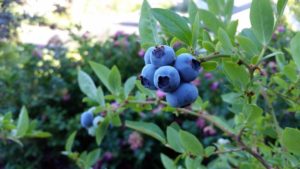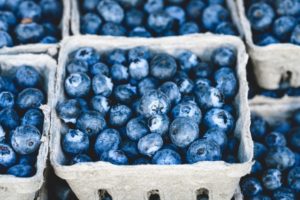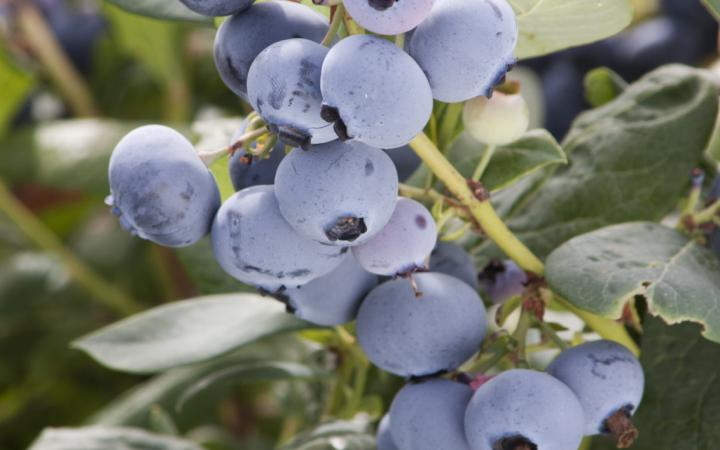Southern highbush blueberry responses to humic acid application in soilless substrates – ScienceDirect
Southern highbush blueberry responses to humic acid application in soilless substrates
Humic acids application increased substrate respiration rates in fresh substrate.
Humic acids application increased substrate pH and electrical conductivity.
Humic acids did not improve blueberry root growth, fruit yield, or fruit quality.
Abstract
Humic acids are a biostimulant that has captured the interest of blueberry growers, but information about humic acid use in blueberry is scarce. Blueberry plants suffer water deficit stress during transplant and photosynthetic limitations during fruit development. We hypothesized that humic acid applications improve transplant success and increase fruit yield and quality in southern highbush blueberry (SHB, Vaccinium corymbosum interspecific hybrids) grown in soilless substrates. We tested these hypotheses in two greenhouse experiments. First, we grew ‘Sweetcrisp’ SHB in rhizoboxes. Humic acids were applied via drench at concentrations of 0 mL⋅L −1 , 7 mL⋅L −1 , 13 mL⋅L −1 , and 24 mL⋅L −1 for 10 weeks. Humic acid application increased substrate respiration rates, pH, and electrical conductivity, but they did not increase root growth or improved transplant success. In a separate experiment, one year-old plants of ‘Avanti’, FL 09-311, and FL 06-19 SHB plants in 1.7 L pots were treated with 0 mL⋅L −1 , 13 mL⋅L −1 , and 24 mL⋅L −1 humic acids during the fruit development period. Humic acid application did not increase yields and occasionally reduced fruit quality. While plant responses were genotype specific, these results suggest that humic acid applications are not beneficial during the transplant or fruit development periods in substrate-grown blueberry.
- Navigate Left





